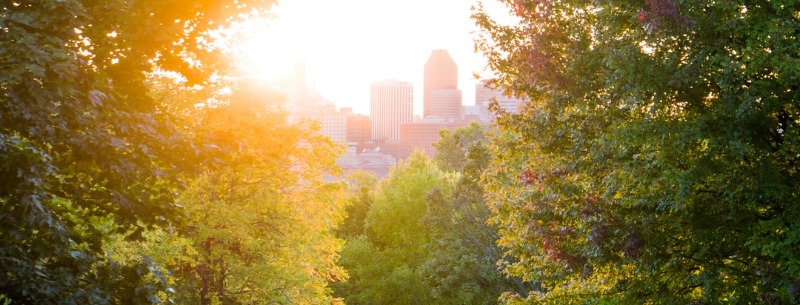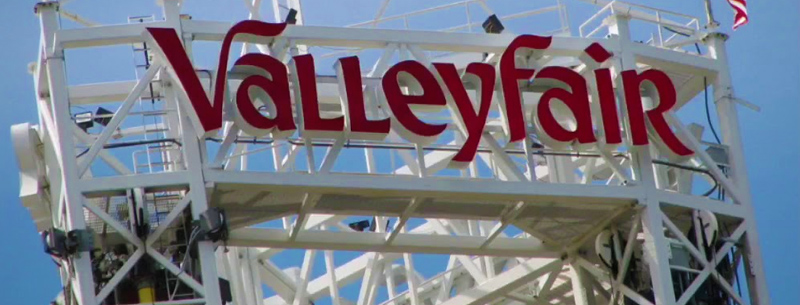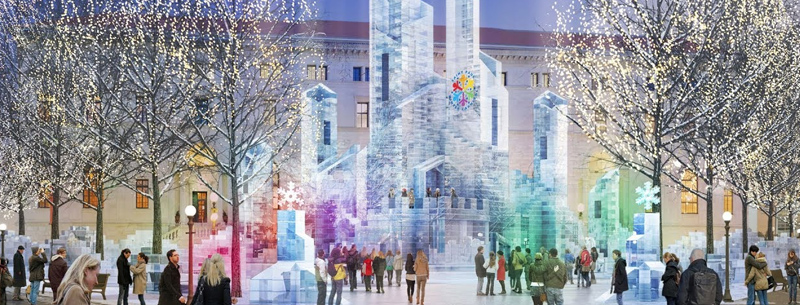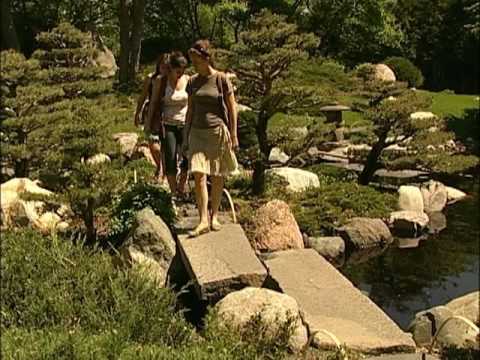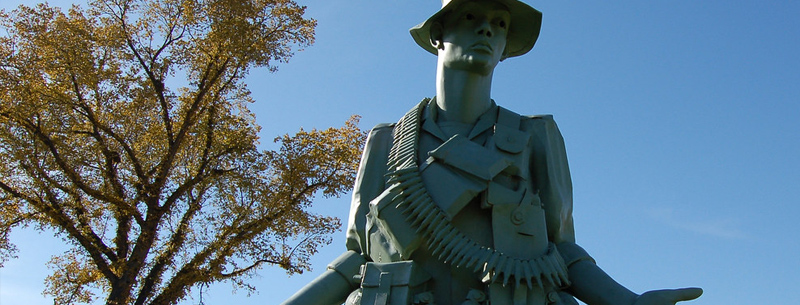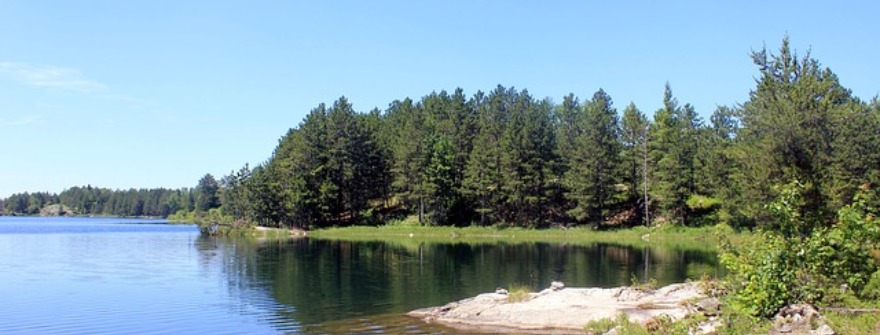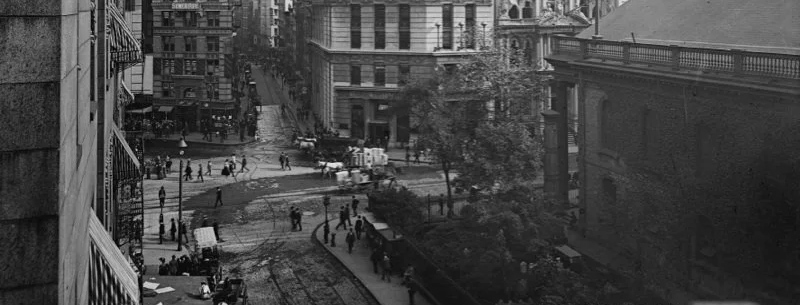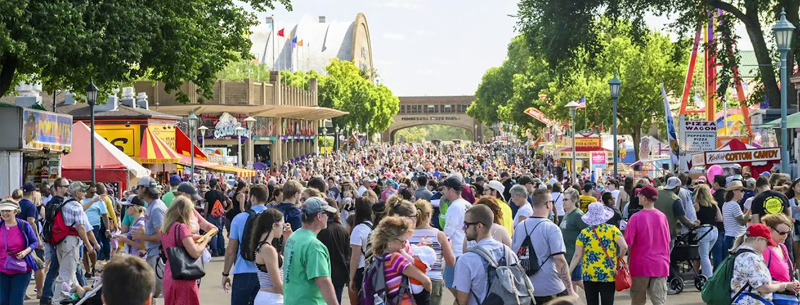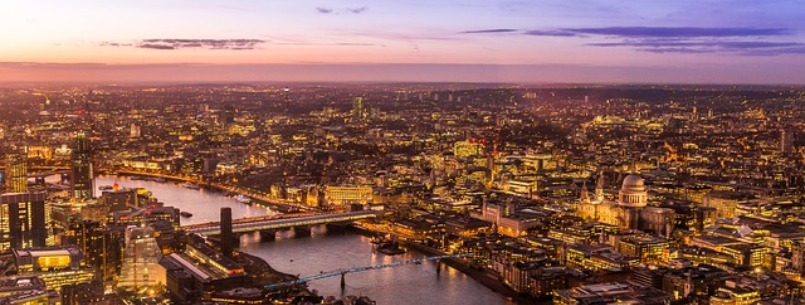2024 Minnesota Visitors Guide
Carved by glaciers centuries ago, Minnesota is now known as the Land of Ten Thousand Lakes. East Minnesota borders Lake Superior, the largest of the Great Lakes and the largest body of fresh water in the world. Northwest Minnesota is home to Bemidji, an old logging center with a historic downtown and a place in its heritage for the legendary lumberjack Paul Bunyan. The Twin Cities—Minneapolis and St. Paul, Minnesota’s capital—is vibrant and alive with the cultural arts and a heavy emphasis on professional sports. The large metro area, separated by the Mississippi River, has more theatres, dance companies, and concert venues per person than anywhere in the U.S., excluding New York City. America’s largest shopping center, the Mall of America, is located in Bloomington and features an amusement park, 520 shops, and 14 theatres. South Minnesota is mainly farmland on the edge of the Great Plains. And, the world-famous Mayo Clinic is located in Rochester.
Northwest Minnesota Visitors Guide
The Northwest region of Minnesota is bordered on the north by Manitoba, Canada, and on the west by North Dakota. This area is sparsely populated when compared to the bustling Twin Cities metropolis to the south. Logging towns are the major centers in the region and make a good place to stay while enjoying the natural surroundings of Northwest Minnesota. Camping, hiking, and canoeing are among favorite activities as the lakes, woods, and rolling landscape of West Lakes make it an outdoor adventurer’s sanctuary. It is unlikely to find a resident in Northwest Minnesota that is not passionate about fishing. Bemidji is a lumber town where statues of the legendary logger Paul Bunyan and his faithful blue ox, Babe, are displayed in the downtown. The Detroit Lakes area also has many charming and affordable lakeside resorts and cabins.
South Minnesota Visitors Guide
From Jeffers Petroglyph’s ancient rock carvings to the historic 1899 town in Forestville State Park, South Minnesota offers ample opportunity to explore the states’ Native and European roots. In the east, the mighty Mississippi River is lined with towns like Winona, Wabasha, Lake City and Red Wing, known for their 19th-century architecture, antique shops and historic inns. The western part of the region is made up of prairies where the spirit and traditions of the Dakota and the early pioneers can be revisited at numerous museums and historic sites. Also from this area is Laura Ingalls Wilder, author of the Little House on the Prairie books; her hometown of Walnut Grove has a museum dedicated to her memory. Throughout South Minnesota, there are trails for biking and hiking, rivers for kayaking and canoeing, and lakes and streams ideal for fishing. South Minnesota’s largest city, Rochester, is home to the Mayo Medical Clinic.
Twin Cities Minnesota Visitors Guide
Made up of the large metro areas of St. Paul and Minneapolis, the Twin Cities bustle with entertainment, cultural productions, and professional sporting events. Both centers have a wealth of museums, including the Museum of Questionable Medical Materials at the Science Museum of Minnesota and the Minnesota Museum of American Art. The Mississippi River, which separates the Twin Cities, is not only a geographical landmark but also a setting for recreational activity. Nearby in Bloomington, The Mall of America is a shopper’s paradise. As the largest mall in the U.S.A., the shopping center boasts an overwhelming 520 outlet stores, a giant walk-through aquarium and an amusement park.
Minneapolis Visitors Guide
Minneapolis, a modern city perched on the west side of the Mississippi River, is recognized as one of the cultural and entertainment capitals of the United States. Its downtown area is the heart of the Twin Cities, and the skyline is made up of attractive high-rise buildings, many of which are linked by a series of enclosed overhead walkways called skyways. Cheer on the NBA’s Minnesota Timberwolves at the Target Center or delight in the theatrical arts at one of the city’s many venues. Dining options in Minneapolis are seemingly endless as the downtown core alone gives travelers the option of just about any kind of cuisine one could think of. Art centers, galleries, and museums are abundant and of high quality. The Minneapolis Institute of Arts is a free-of-charge center focusing on the history of art, particularly European. Minneapolis is the larger of the two Twin Cities, and features a more modern scene, physically and culturally, than its neighbor St. Paul.
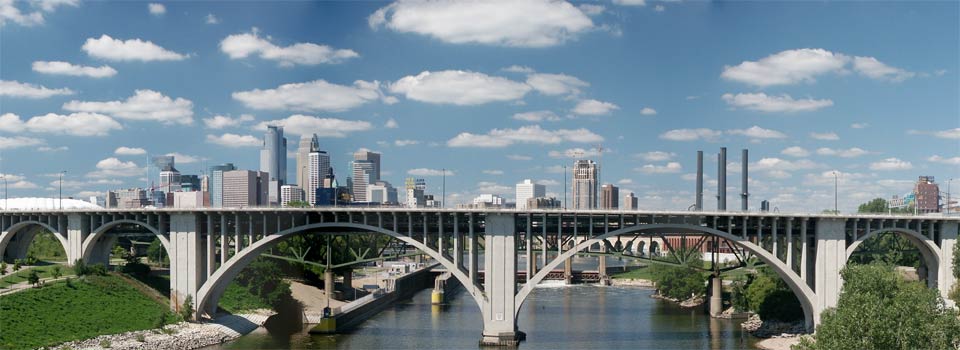
St. Paul Visitors Guide
Minnesota’s capital, St. Paul, is the smaller and quieter district of the Twin Cities, retaining a more historic look than its twin across the Mississippi River, Minneapolis. Though St. Paul is continuously growing—new high-rises are being steadily constructed—the past is well documented in such centers as the Minnesota Museum of American Art and historic Fort Snelling. St. Paul is recognized for its wealth of architectural mastery, ranging from the Minnesota State Capitol to the dramatic Landmark Center. Walking tours are a popular way of becoming familiar with the Waterfront City, as are boat rides along the Mississippi. For nightly activities, the Ordway Music Theatre offers Broadway musicals and concerts, and the nightlife and restaurant selection in St. Paul is varied and of high quality. The state capital has a refreshing blend of cultural history, stunning scenery, and modernized infrastructure.

Bemidji Visitors Guide
The first city on the Mississippi River, Bemidji also claims to be the birthplace of the mythical lumberjack Paul Bunyan. As home to two educational institutions, Bemidji State University and Northwest Technical College, the city boasts a casual college atmosphere and is home to many trendy shops, art galleries, and cafes. Bemidji also proves to be a popular destination for outdoor adventurers, as the city is located on the shores of Lake Bemidji and is surrounded by other recreational areas. Lake Bemidji State Park is an ideal summer destination for swimming, camping and boating activities, while Buena Vista Ski Area offers downhill skiing excitement during the winter. For those looking for indoor fun, Headwaters Science Center features interactive exhibits, a live animal collection and science programs. Bemidji celebrates its forestry heritage during Logging Days every February. Festival events include log pulling and scaling contests, lumberjack food and live musical entertainment.
Bloomington, MN Visitors Guide
Bloomington’s claim to fame is also Minnesota’s top tourist attraction—the Mall of America. The Mall of America is the largest shopping and entertainment complex in the United States. As well as over 500 shops, the mall contains family entertainment centers Underwater Adventures and Knott—s Camp Snoopy—the largest indoor family theme park in the US. Adjacent to Bloomington is the Minnesota Valley Wildlife Refuge. This refuge is one of only a handful of US urban wildlife refuges, where wilderness areas mingle with urban centers. Within Bloomington—s Hyland Lake Park Reserve is the Hyland Ski and Snowboard Area, which offers a terrain park and ski and snowboard runs. Bloomington is only a 15-minute drive from the twin cities of Minneapolis and St Paul and all of the attractions that they offer.
Rochester, MN Visitors Guide
Home to the famous Mayo Medical Center, the city of Rochester, in Minnesota’s southern region is located amidst rolling farmland and the wooded hills of the Zumbo River Valley. In contrast, the city is comprised of modern skyscrapers, parks and an ample number of historic sites. The Mayowood Mansion, the historic home of three generations of the Mayo family, is a popular destination for visitors, as is the Plummer House of the Arts, a 49-room, Tudor-style mansion built in the early 1900s. For the recreational-minded, Silver Lake and surrounding Silver Lake Park houses trails, an outdoor pool, playground, and picnic tables.
